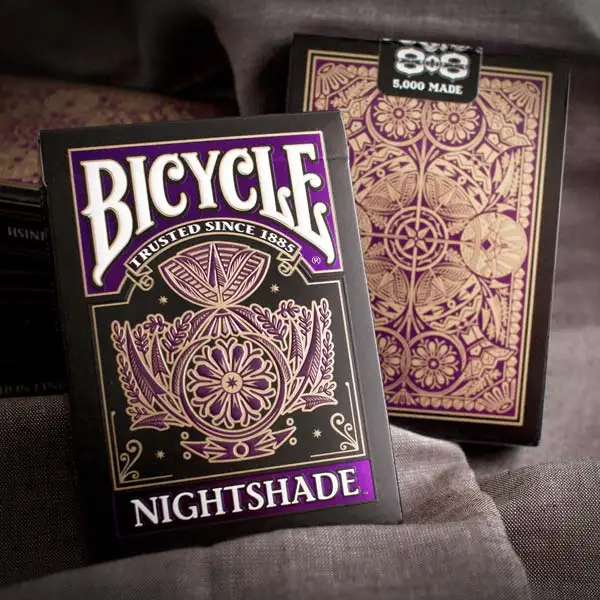 After preparing the post about Harry Haywood, automotive pioneer, I took a fancy to the beautiful and intricate back design of the card (which I'll call, for these purposes, "The Haywood Back.") Searching through my collection for another exemplar of this back and finding none, and able to locate no other clues about its manufacture or origin, I opted to contact our friend, Lee Asher, head of the 52 Plus Joker American Playing Card Collectors Club for some scholarly guidance.
After preparing the post about Harry Haywood, automotive pioneer, I took a fancy to the beautiful and intricate back design of the card (which I'll call, for these purposes, "The Haywood Back.") Searching through my collection for another exemplar of this back and finding none, and able to locate no other clues about its manufacture or origin, I opted to contact our friend, Lee Asher, head of the 52 Plus Joker American Playing Card Collectors Club for some scholarly guidance. Answering the question, Lee advised, required him to crack open a "cold case file" in the 52 Plus archives. It seems that the good folks at U.S. Playing Card Company asked him about the Haywood Back just a few years ago. Apparently, after deciding to publish a "historic" deck, USPCC offered card aficionados the opportunity to select the back from several designs, including the Haywood Back. The votes were tallied and the Haywood Back won.
 Here comes the mystery: after the voting, the people at USPCC
Here comes the mystery: after the voting, the people at USPCC"got to work tracking down the story of this deck back. And we came up short. No one knew where it came from; the printing plate may have fallen from the sky and into the glass protective case, for all we know."
But we at Propelled Pasteboards did not quit there. I asked my co-contributors Gary Frank and Tom Ewing, and our friend Jay Hunter, to search their collections for this rare back design. Gary Frank found a different piece that also used the Haywood Back -- this one for a performer named Namreh (backwards for Herman), whose story we'll feature in a separate installment. Jay, too, located additional examples of the Haywood card and the Namreh piece.
 Tom managed to turn up something entirely different: a card for a performer named Issac Twamley who billed himself as Valentine (and also happened to be born on St. Valentine's Day). It's scrapbook damaged-back clearly features the Haywood Back, but this time in red.
Tom managed to turn up something entirely different: a card for a performer named Issac Twamley who billed himself as Valentine (and also happened to be born on St. Valentine's Day). It's scrapbook damaged-back clearly features the Haywood Back, but this time in red. So, even though a diligent search by USPCC and the members of 52 Plus Joker failed to fully expose the mysteries of the Haywood Back, we here at Propelled Pasteboard turned up five examples in three different varieties and two colors, all in the space of a day. "Clearly," my wife quipped when I advised her of this accomplishment, "you guys have the power."
 |
| Back of Valentine card |

So what is the Haywood Back? Lee advises that the design appears in the No. 9 Tally Ho Collection made by Andrew Dougherty, a leading card manufacturer with strong distribution in the New York area. The design is called
the "Vase Back, No. 930" (note the vases drawn into the pattern). I guess we can't call it the Haywood Back any further...
Mystery solved!
The Bicycle Team at USPCC advised that this particular card design back was reproduced in 2014 as promised in a limited run, Club 808 Edition called Bicycle® NIGHTSHADE, which featured a rich gold and purple version of the original design.

You can read USPCC's full account of its adventure here, which includes some interesting insights about the artistic style of this formerly-mysterious card design.
No comments:
Post a Comment